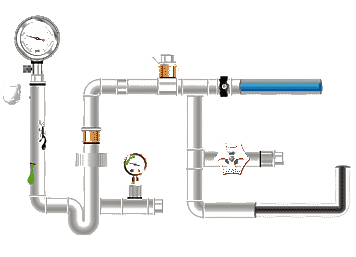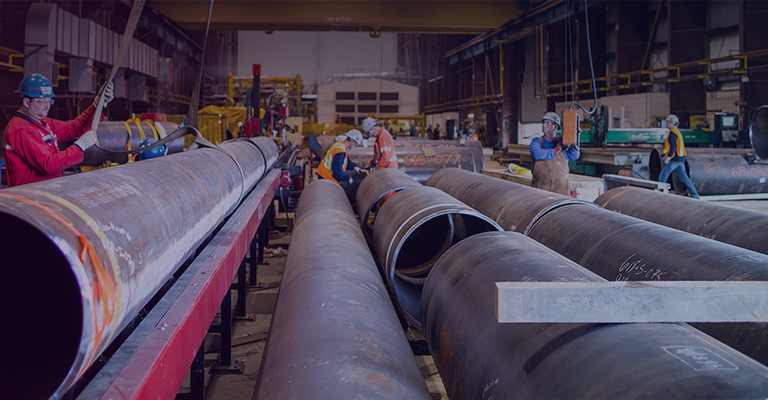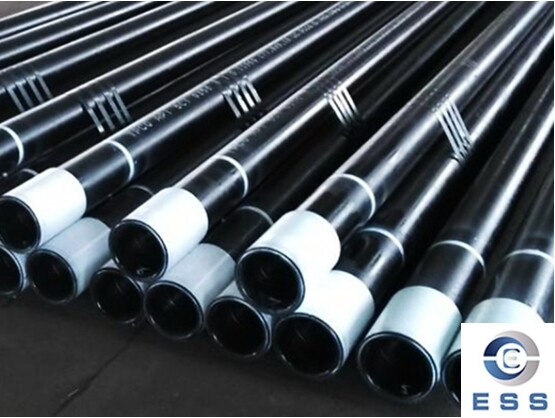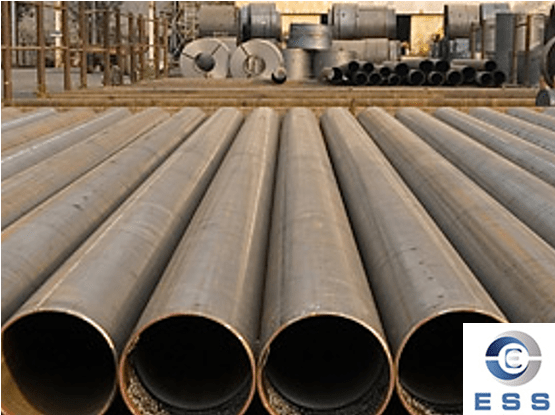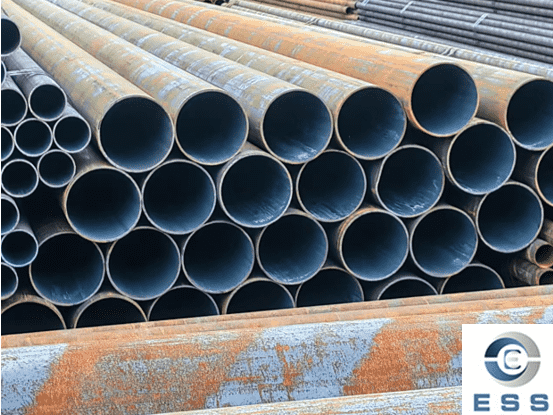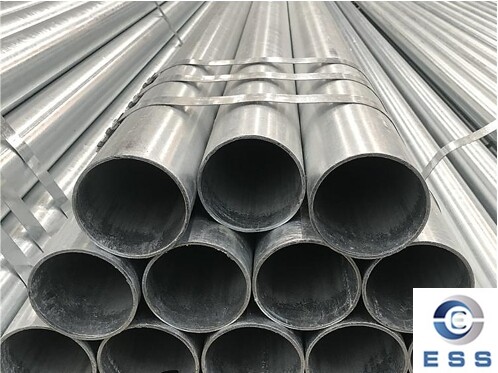
As a common pipeline material, carbon
steel pipe is widely used in various fields. According to the different
carbon content, it can be divided into mild
steel pipe (C content ≤ 0.25%), medium carbon steel
pipe (C content 0.25-0.6%) and high
carbon steel pipe (C content> 0.6%).
However, carbon steel pipe has poor
corrosion resistance and is easily affected by the external environment and
rusted. In order to solve this problem, people invented the galvanizing
process. By galvanizing process, carbon
steel pipe’s corrosion resistance and service life can be effectively
enhanced. Galvanizing can not only improve the corrosion resistance of carbon
steel pipes, but also beautify their appearance. Galvanized carbon steel pipes
are widely used in construction, machinery, automobiles and other fields.
Concept and process of galvanized carbon
steel pipe
Galvanizing refers to immersing the carbon
steel pipe in molten zinc liquid or forming a zinc alloy layer on the surface
of the carbon steel pipe by electrolysis. In the galvanizing process, the
carbon steel pipe is used as the cathode and zinc is used as the anode. The
zinc is attached to the surface of the carbon steel pipe through electrolysis
to form a dense zinc-iron alloy layer. This zinc-iron alloy layer has good
corrosion resistance and oxidation resistance, and can effectively protect the
carbon steel pipe from erosion by the external environment. There are two main
galvanizing processes: hot-dip galvanizing and electro-galvanizing:
1. Hot-dip galvanizing
Hot-dip galvanizing is to immerse the
carbon steel pipe in molten zinc liquid to form a zinc-iron alloy layer through
zinc-iron reaction.
2. Electro-galvanizing
Electro-galvanizing is to deposit a layer
of pure zinc on the surface of the carbon steel pipe by electrolysis.
The simplest 3-step method for
galvanized carbon steel pipe processing
1. Preliminary preparation
First, the carbon steel pipe needs to be
thoroughly cleaned to remove oil, rust and oxides on the surface to ensure that
the surface of the steel pipe is clean and free of impurities. The quality of
pretreatment directly affects the bonding strength of the zinc layer. It is
necessary to use a special cleaning agent with neutral pH, and cooperate with
sandblasting or wire brushing to ensure that the substrate meets the Sa2.5
cleaning standard.
2. Galvanizing treatment
The pretreated steel pipe is immersed in a
zinc molten pool at 450-460℃ to form a multi-layer
protective structure through iron-zinc alloy reaction. The galvanizing time (usually
3-10 minutes) and lifting speed (1.5-2.5m/min) need to be precisely controlled
to ensure that the zinc layer thickness is uniform and meets the international
standard requirements of 65-300μm.
3. Post-inspection
The last step is post-inspection. After the
galvanizing is completed, the galvanized
pipe needs to be fully inspected for quality, including the thickness,
uniformity and adhesion of the zinc layer. This step is a key link to ensure
the quality of the galvanized pipe. Only galvanized pipes that meet the ASTM
A123 standard can be put into engineering applications.
Advantages of galvanized carbon steel
pipes
1. Improve corrosion resistance
The galvanized layer can effectively
isolate the carbon steel pipe from the external environment, thereby preventing
corrosion and rust.
2. Beautify the appearance
The surface of the galvanized carbon steel
pipe presents a silvery-white luster, which is beautiful and generous.
3. Enhance mechanical properties
The galvanized layer forms a good
combination with the carbon steel pipe matrix, which can improve the tensile
strength and ductility of the carbon steel pipe.
Disadvantages of galvanized carbon steel pipes
1. Sensitive to mechanical damage
The coating is easily scratched during
transportation or construction, and the damaged area will accelerate the
corrosion of the substrate. The cold-dip galvanized layer has weak adhesion and
is more likely to fall off.
2. Environmental
constraints
The hot-dip galvanizing process consumes a
lot of energy, and each ton of steel consumes about 40-50kW·h of electricity.
The cost of galvanizing wastewater treatment is high.
3. Special
scene restrictions
The fire resistance is poor, and the zinc
layer will melt and fail in a fire; long-term contact with acid and alkali
media will shorten the service life.
Application areas of galvanized carbon
steel pipes
Galvanized carbon steel pipes not only have
excellent corrosion resistance, but also have good mechanical properties and
processing properties. It can operate stably for a long time in harsh
environments such as high temperature, high pressure, and humidity, so it is
widely used in construction, chemical, petroleum and other fields:
1. Construction field
In the construction field, galvanized
carbon steel pipes are often used in indoor and outdoor water supply, drainage,
fire protection and other pipeline systems.
2. Chemical and petroleum fields
In the chemical and petroleum fields,
galvanized carbon steel pipes are used to transport various corrosive media.
3. New energy fields
In the new energy field, galvanized carbon
steel pipes can be used in the pipeline systems of clean energy equipment such
as solar energy and wind energy.
4. Environmental protection field
In the environmental protection field,
galvanized carbon steel pipes can be used in the pipeline systems of
environmental protection facilities such as sewage treatment and exhaust gas
emissions.
Summary
In short, carbon steel pipe galvanizing, as
an important metal anti-corrosion technology, plays an important role in
various fields. With the continuous advancement of science and technology and
the continuous expansion of application fields, galvanized carbon steel pipes
will play a more important role in the future.









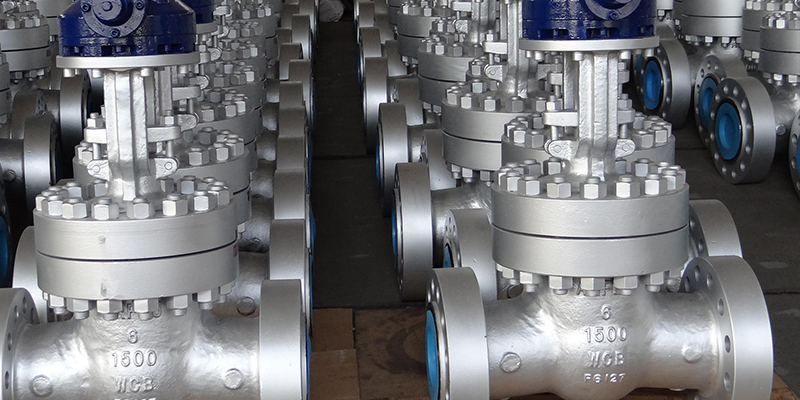
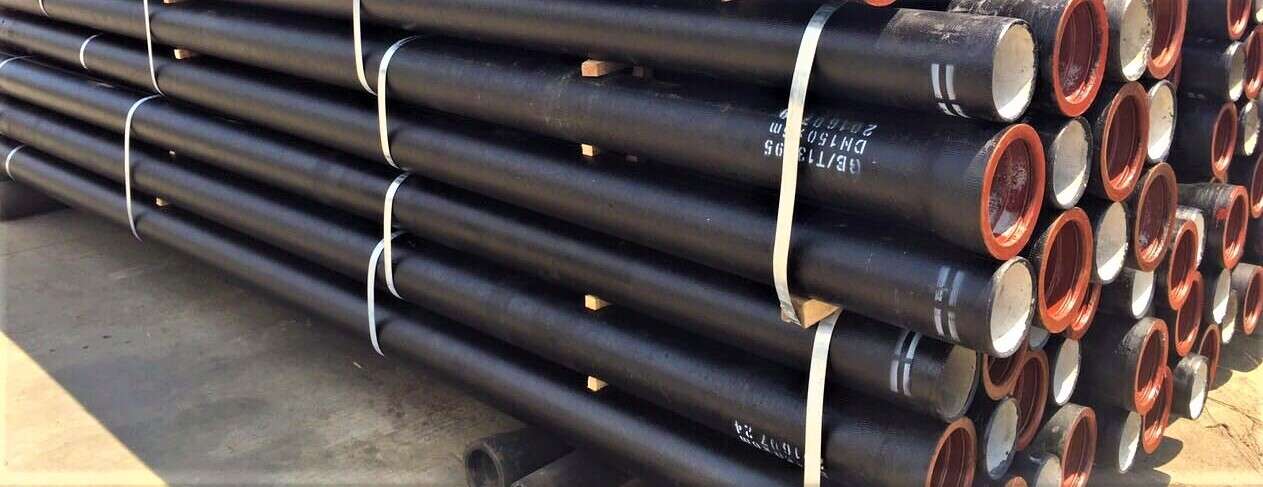


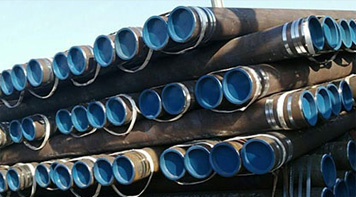 Eastern Steel Manufacturing Co.,Ltd not only improve product production and sales services, but also provide additional value-added services. As long as you need, we can complete your specific needs together.
Eastern Steel Manufacturing Co.,Ltd not only improve product production and sales services, but also provide additional value-added services. As long as you need, we can complete your specific needs together.
